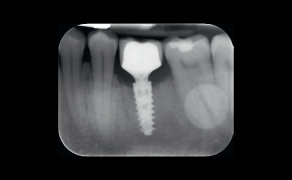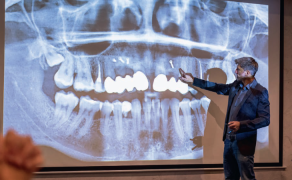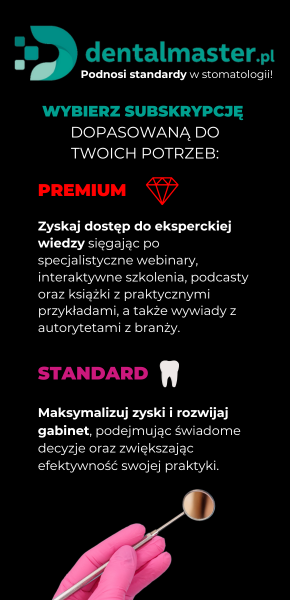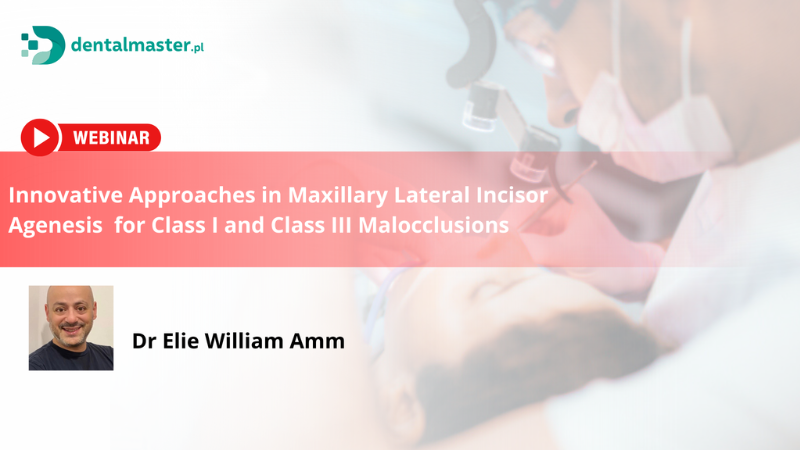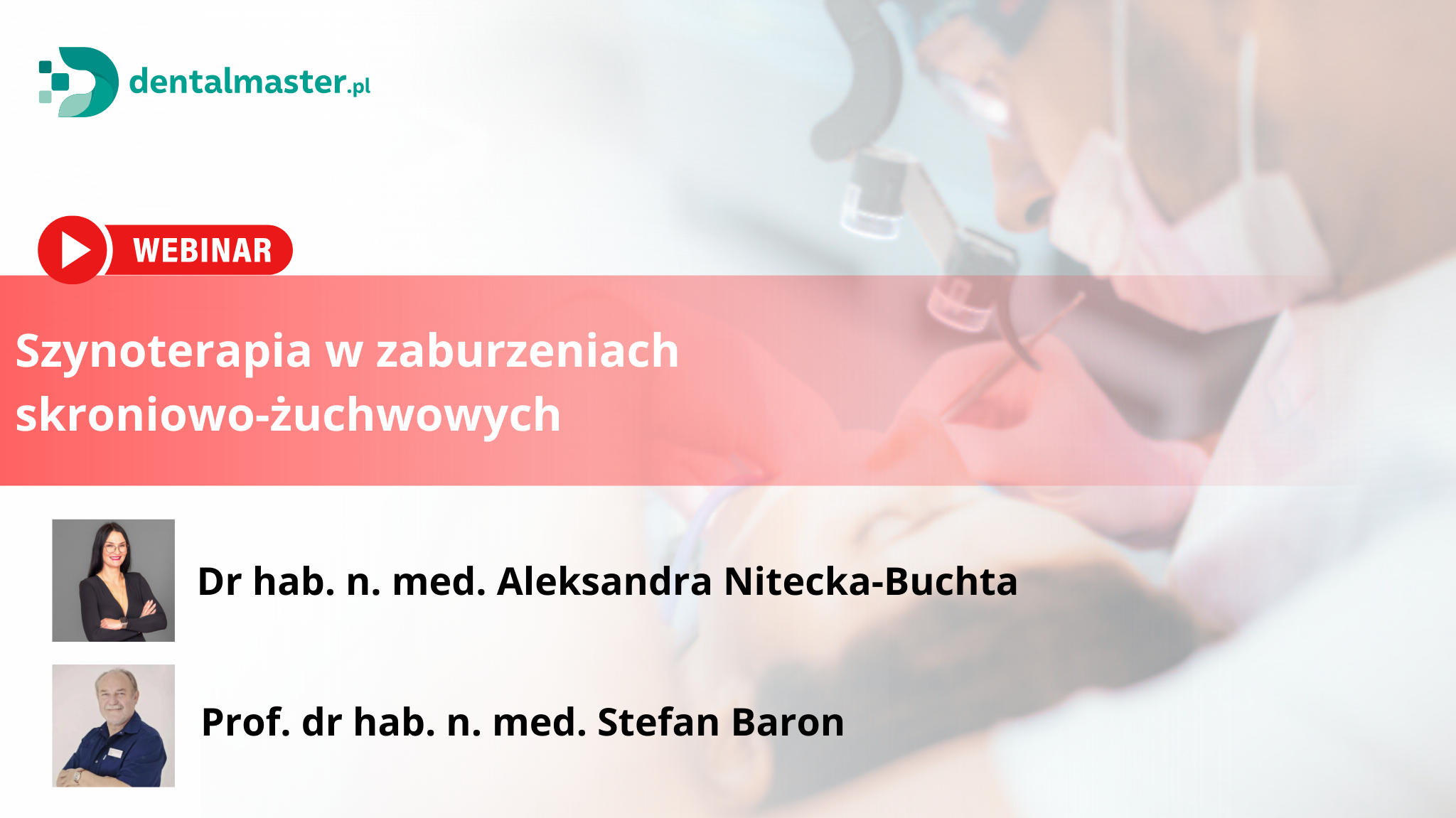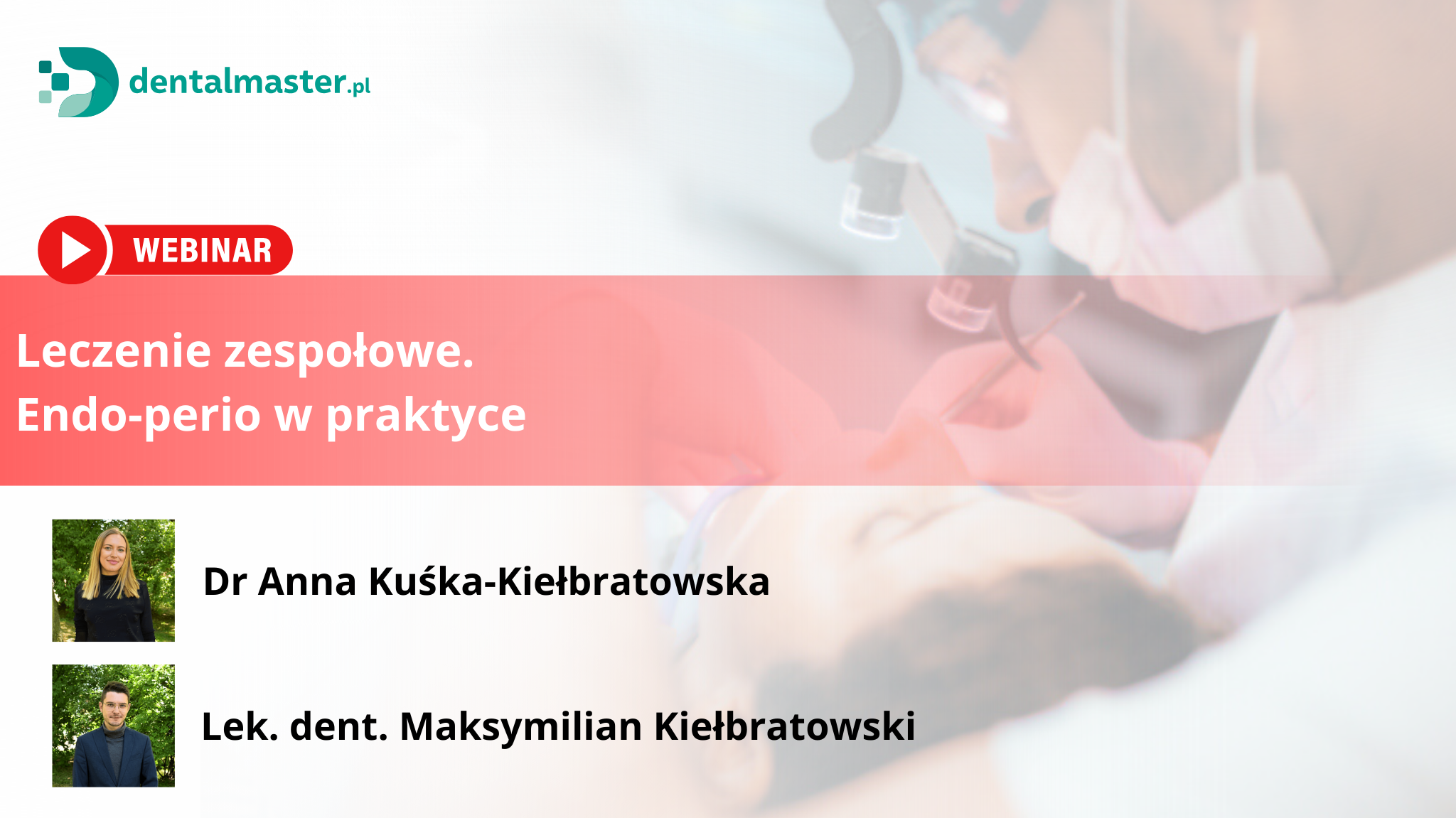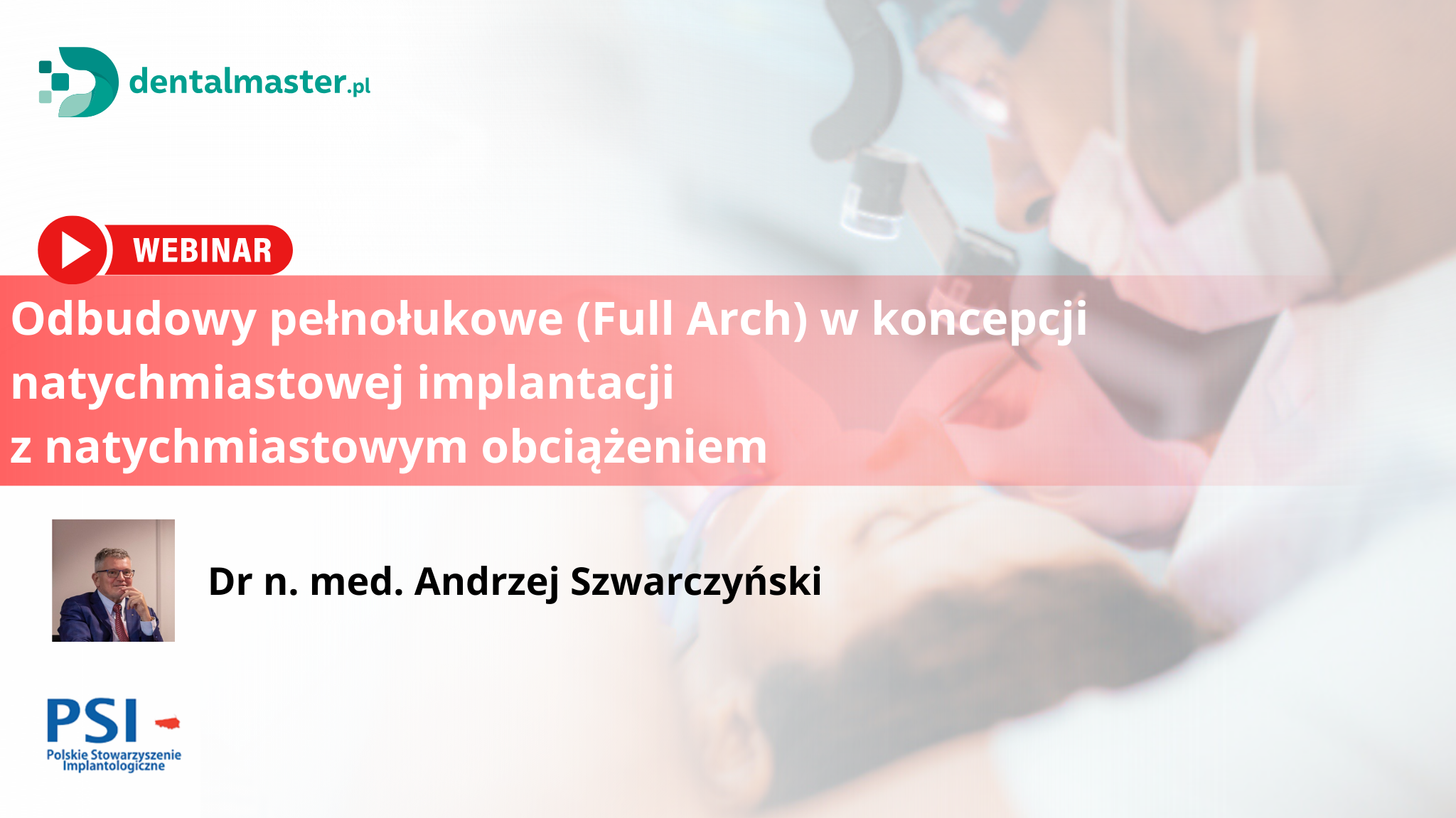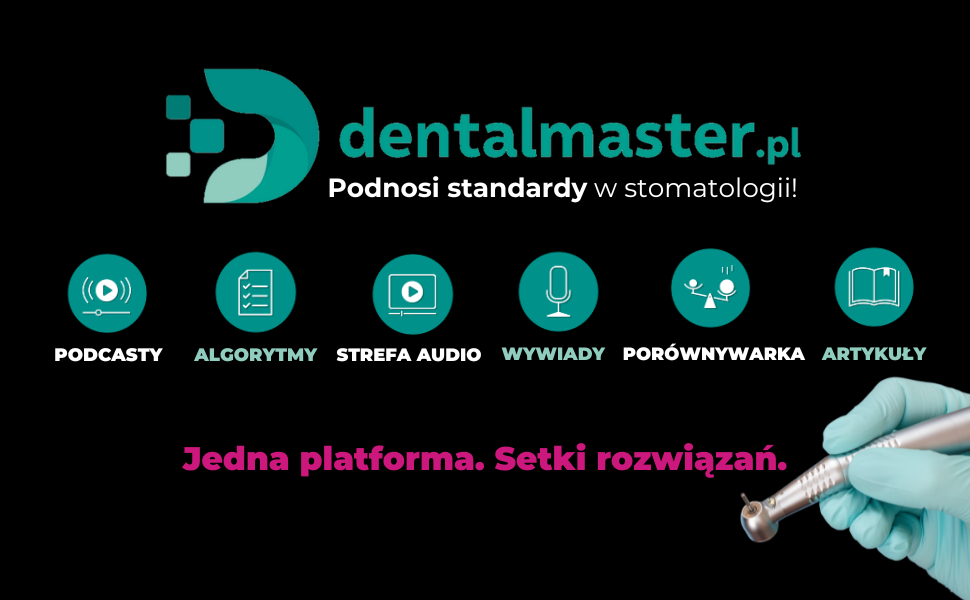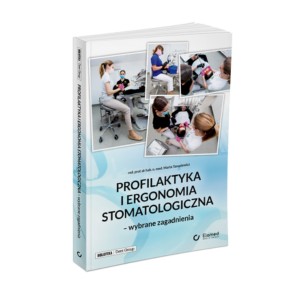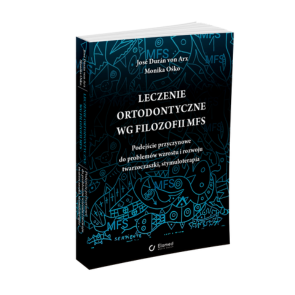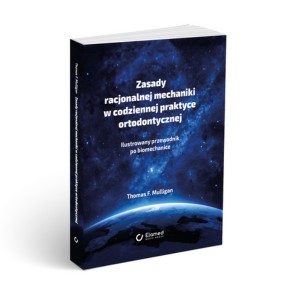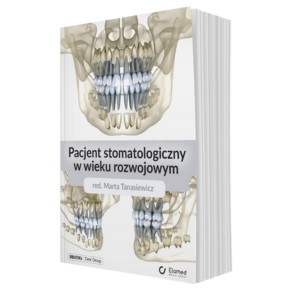Czynniki wpływające na stan tkanek okołowierzchołkowych zębów z wypełnionymi kanałami korzeniowymi u pacjentów leczonych przez studentów stomatologii – analiza przekrojowa
Discussion
Following careful analysis of multiple clinical and radiographic factors, we found an endodontic treatment success rate of 73,4%. This percentage was higher than that found in previous studies [6, 11, 13, 19]. These results may be interpreted as a function of the patient demographic characteristics, presence of adjacent and antagonist teeth to the endodontically treated tooth, quality of the root-filled canal, quality of the coronal restorations, presence of intraradicular posts, operator experience, caries, and periodontal alterations [16, 19-21].
The sampling consisted of 114 single-rooted teeth and 20 two-rooted premolars. However, no significant difference was found between the teeth and the periapical status, a fact that corroborates the findings of Ng et al. [1] study. Comparatively, in other clinical studies, there was a lower prevalence of periapical lesions in incisors and canine teeth in relation to premolars and molars [19, 20]. However, the some studies have reported higher periapical lesions rates among incisors [4, 21, 22].
Gender, age group, antagonist, and adjacent teeth did not significantly affect the success of the endodontically treated teeth. Benenati and Khajotia [8] conducted a study on treatments performed by undergraduate students and found that patient, gender, and age group did not influence their endodontic success. Farzaneh et al. [9] and Moradi and Gharechahi [21] highlighted the influence of gender on the periapical status of endodontically treated teeth. In addition, they concluded that [...]

którzy są subskrybentami naszego portalu.
i ciesz się dostępem do bazy merytorycznej wiedzy!




